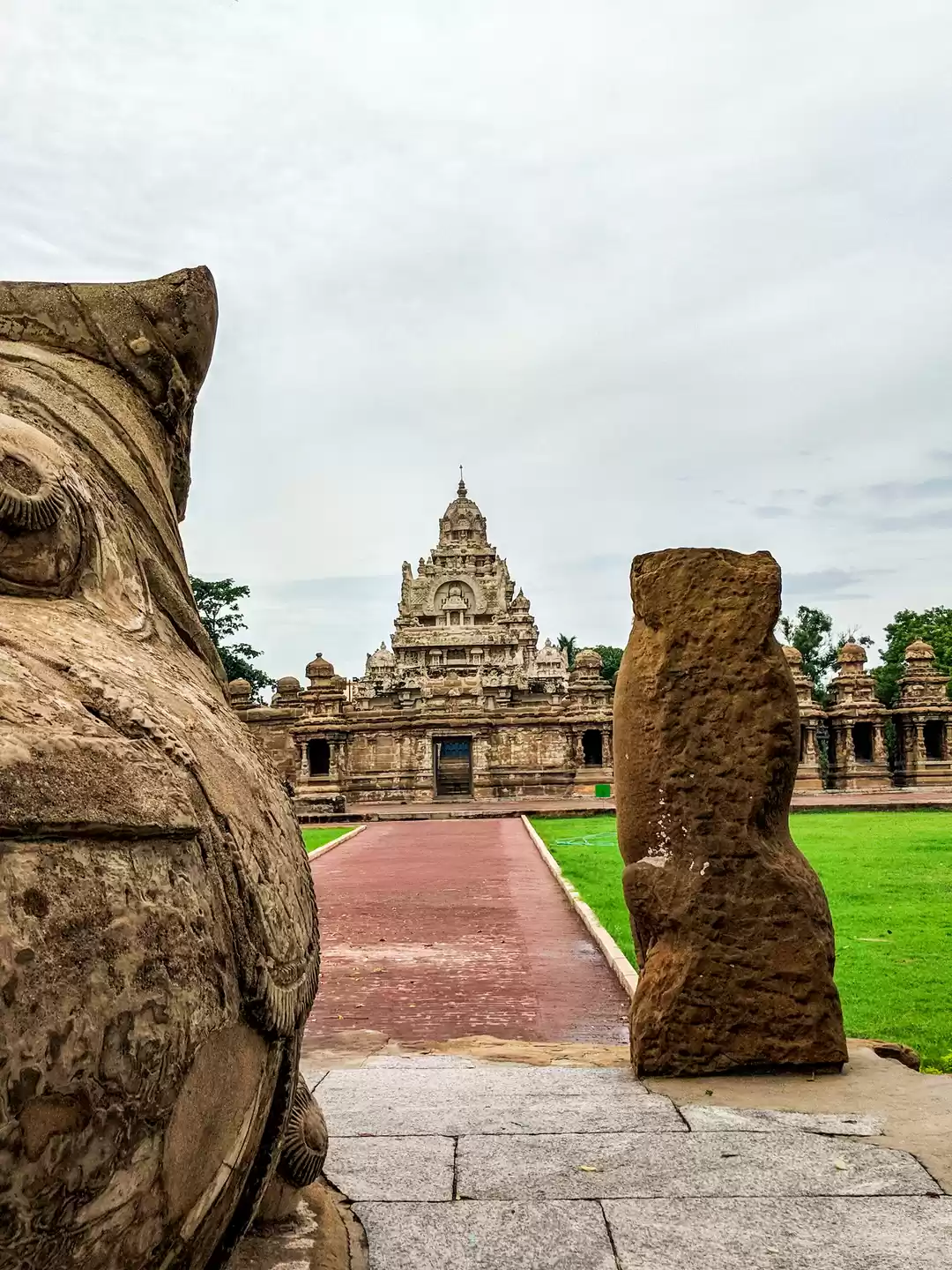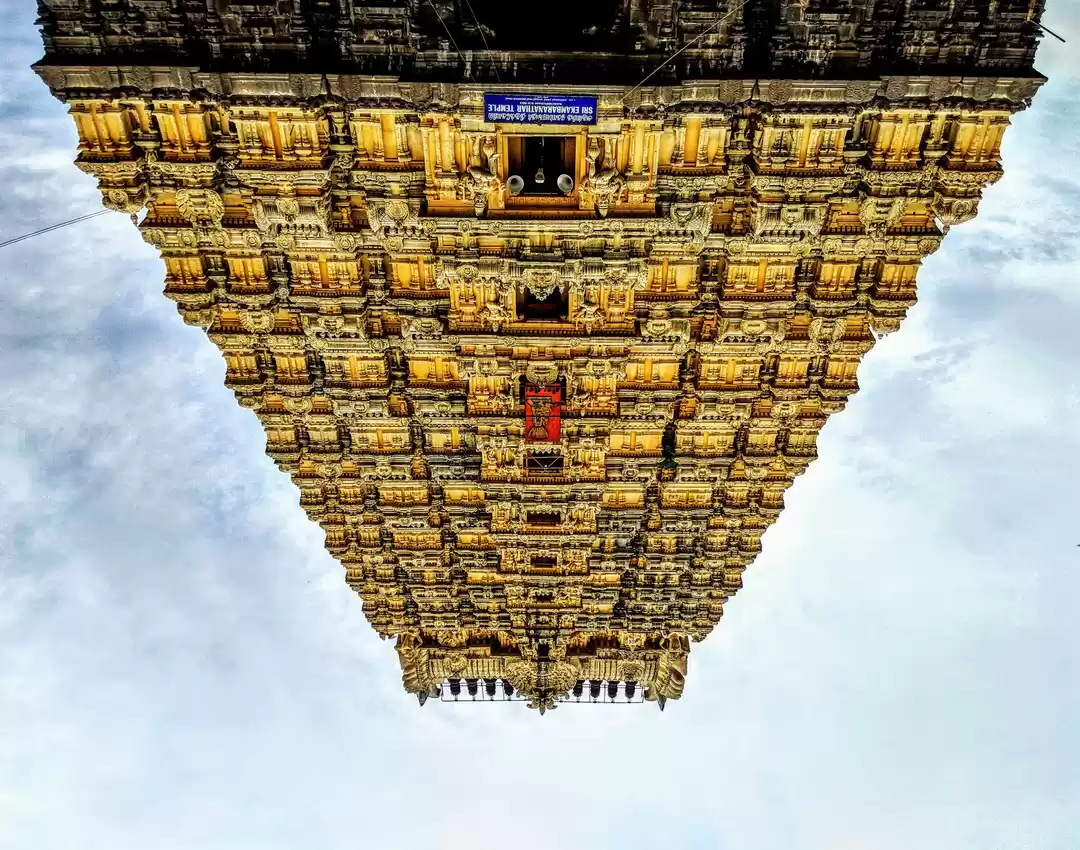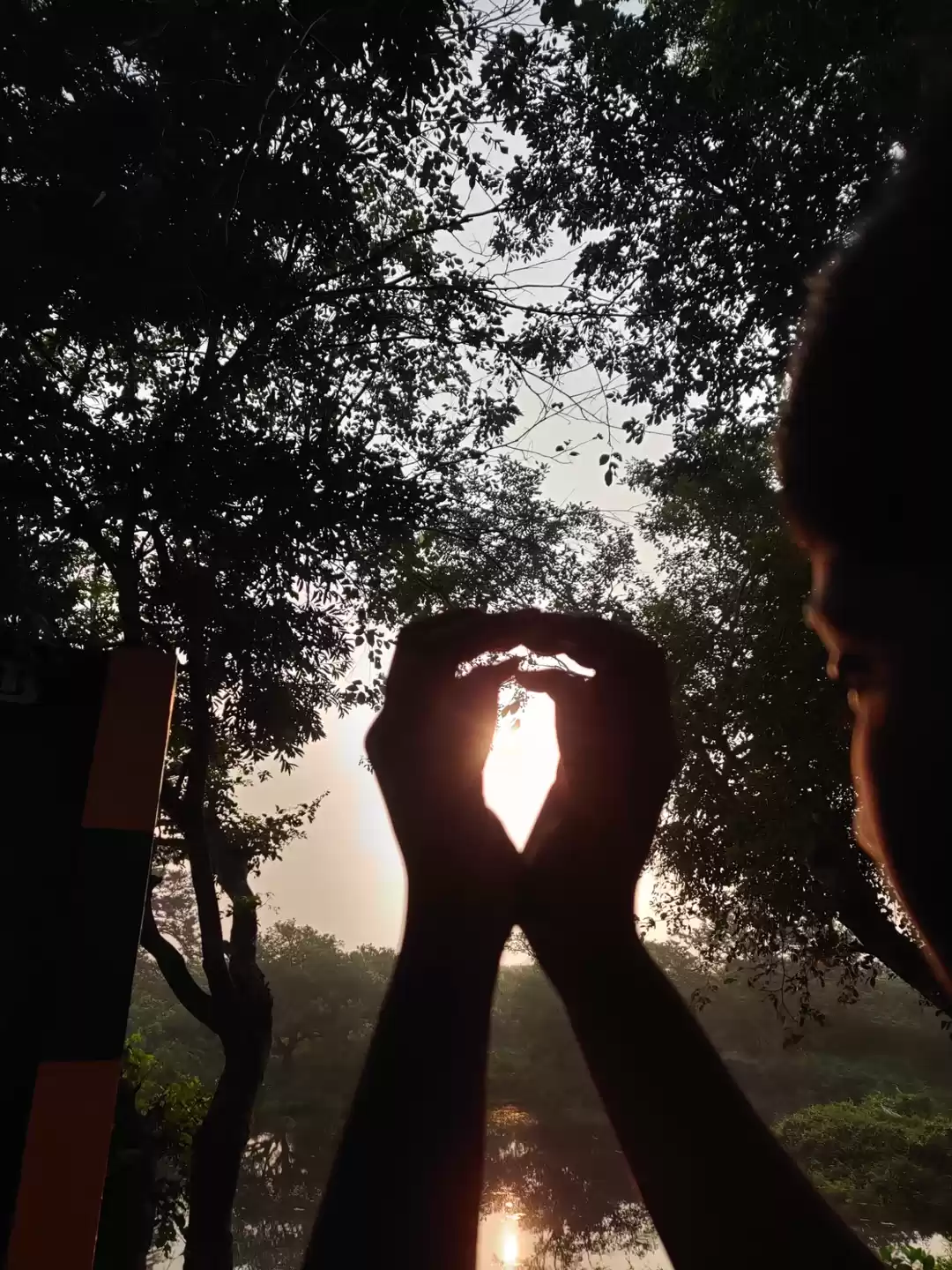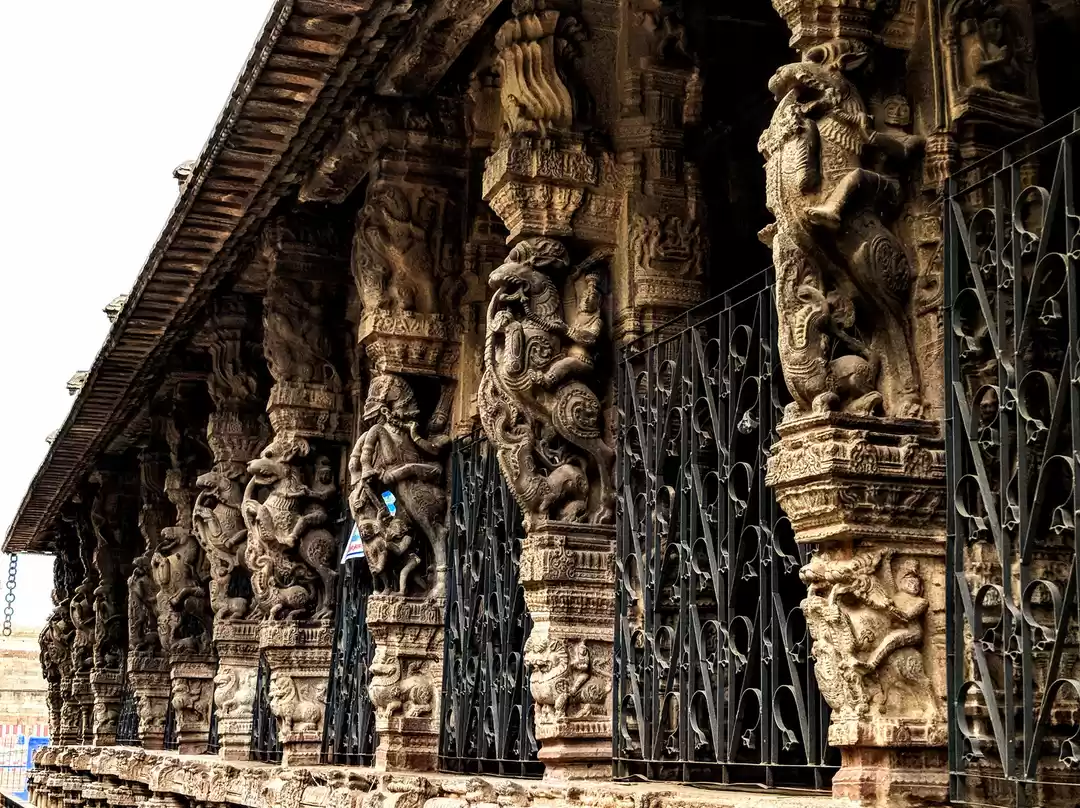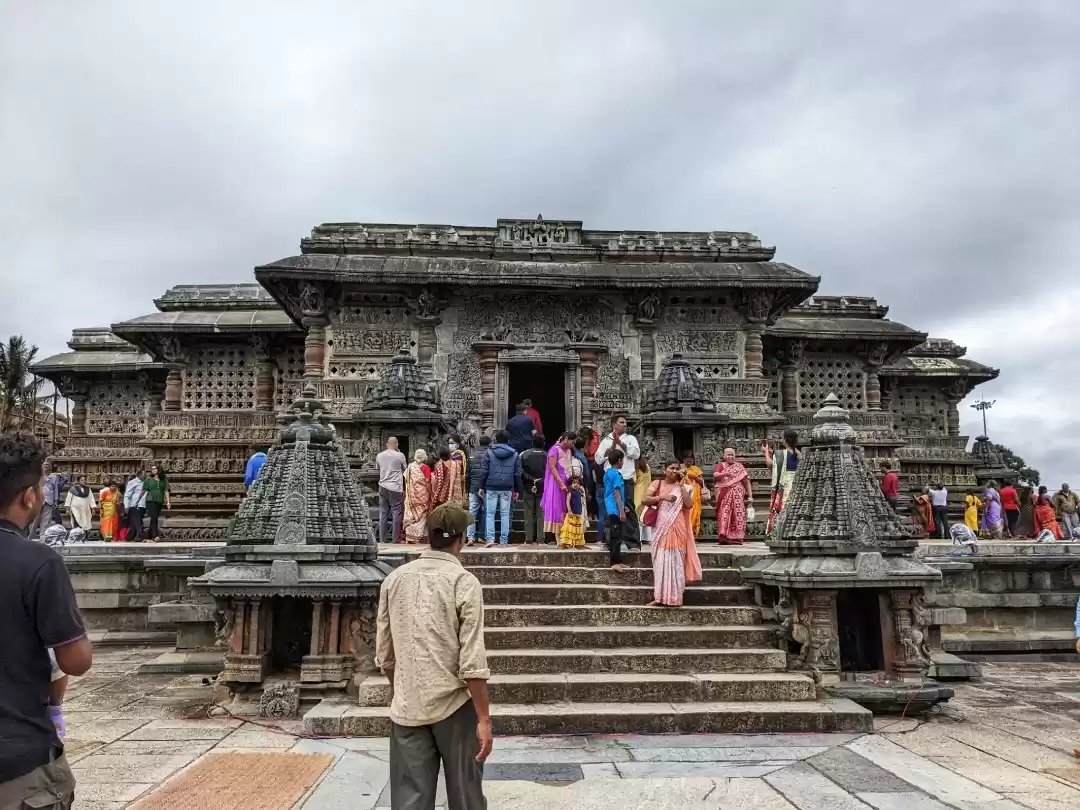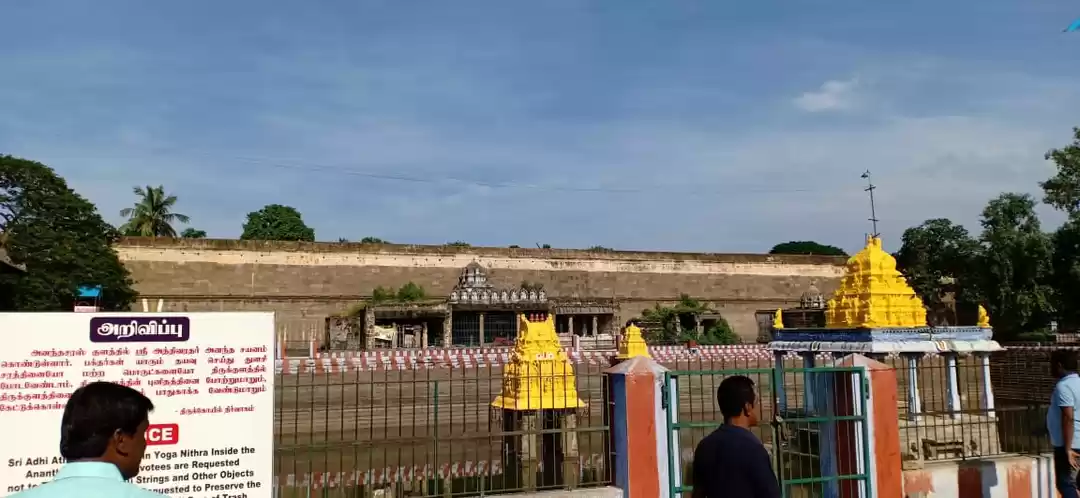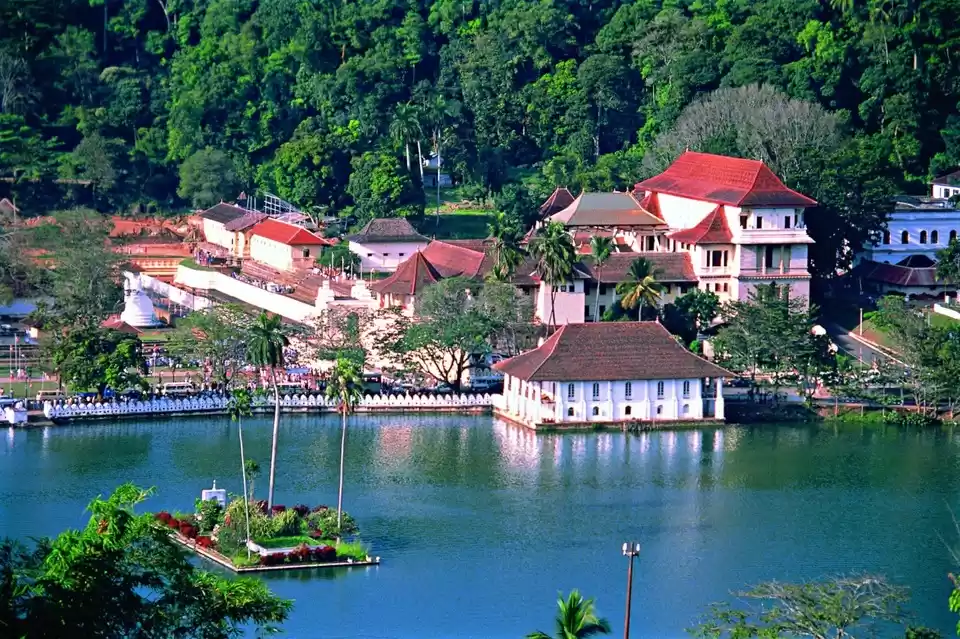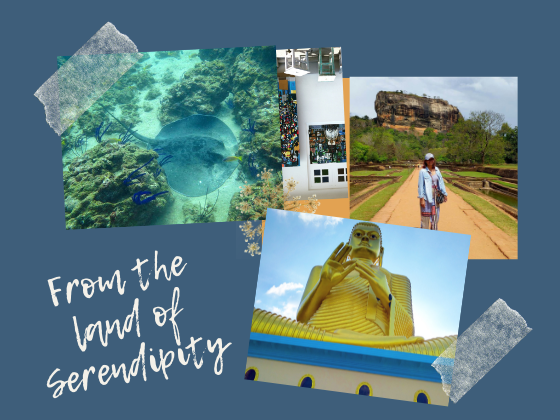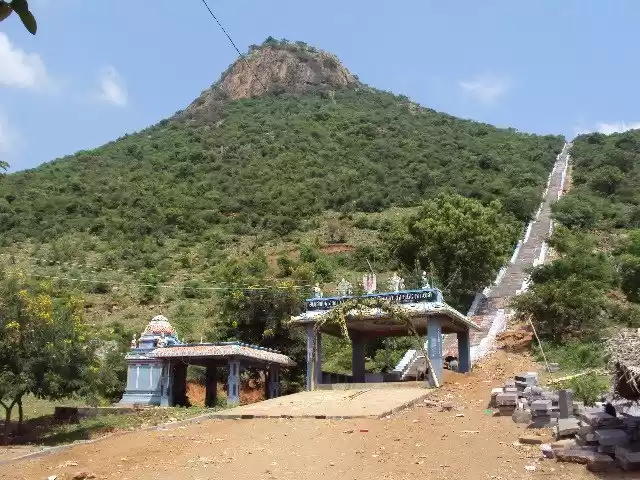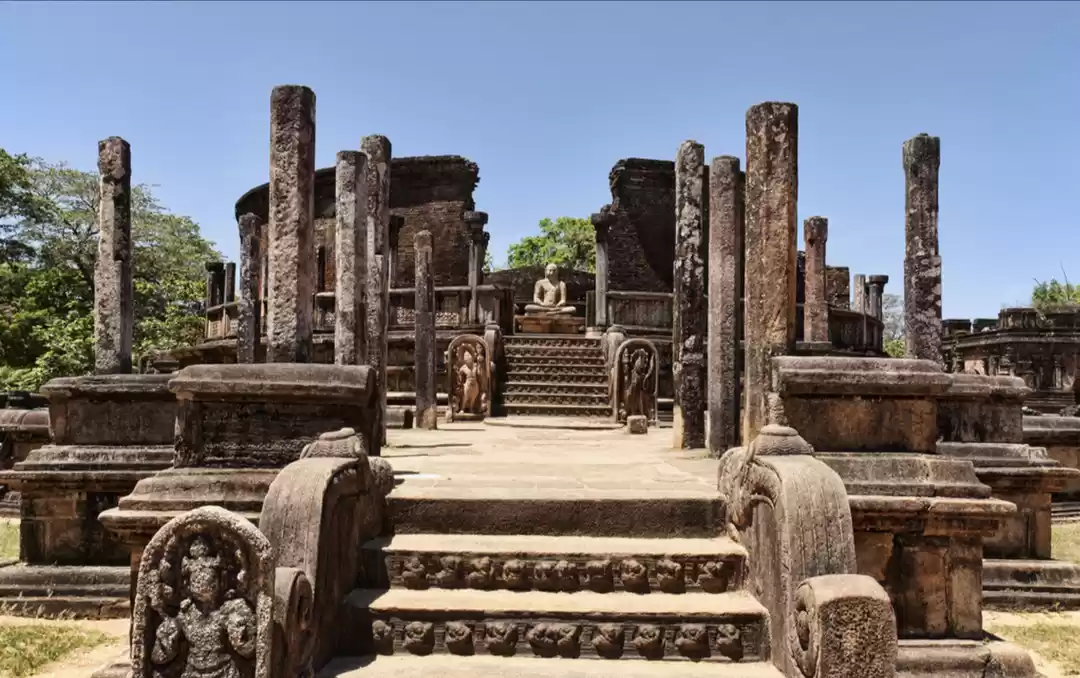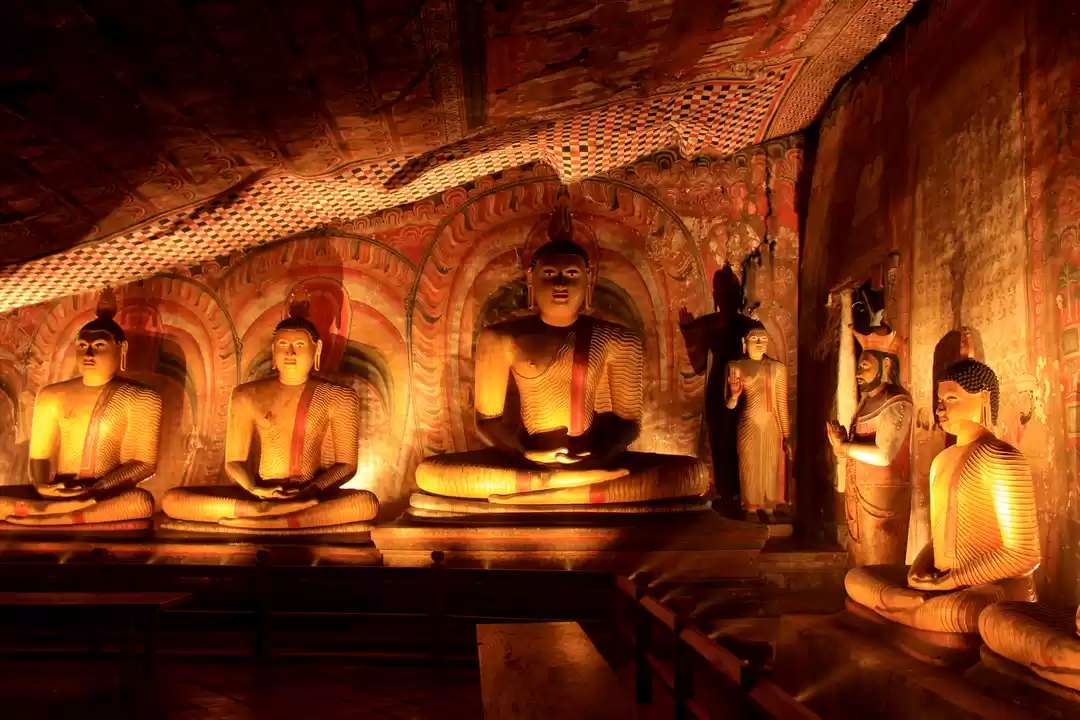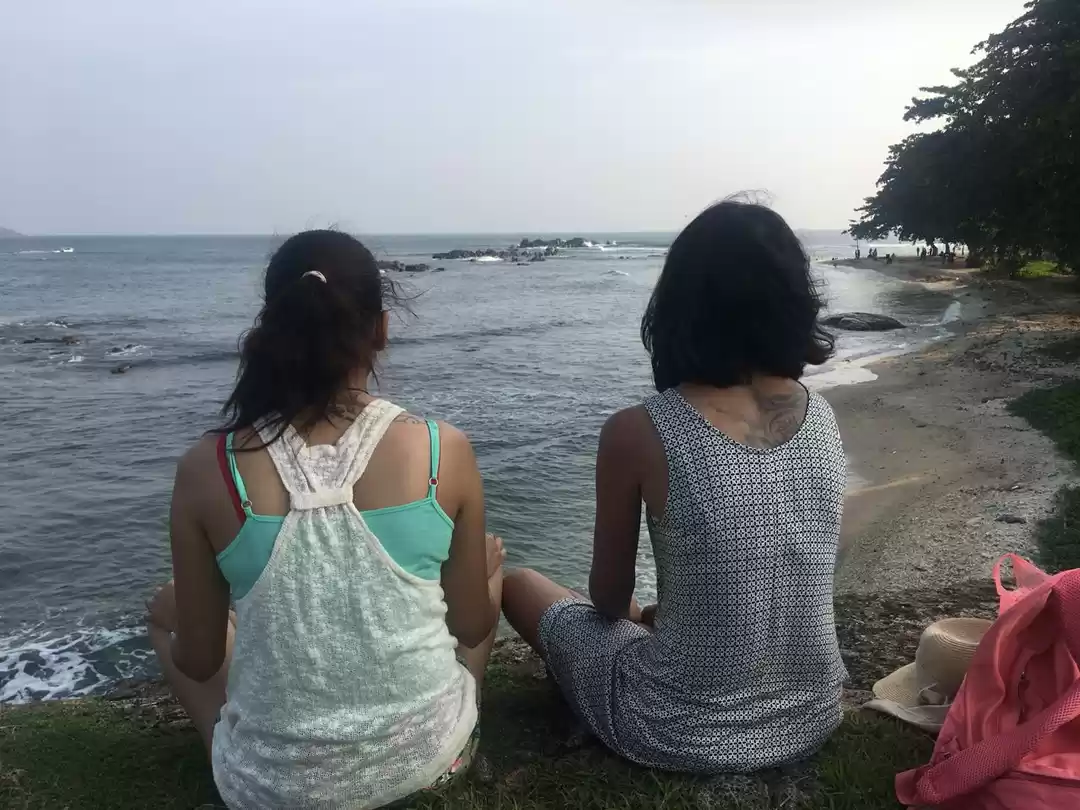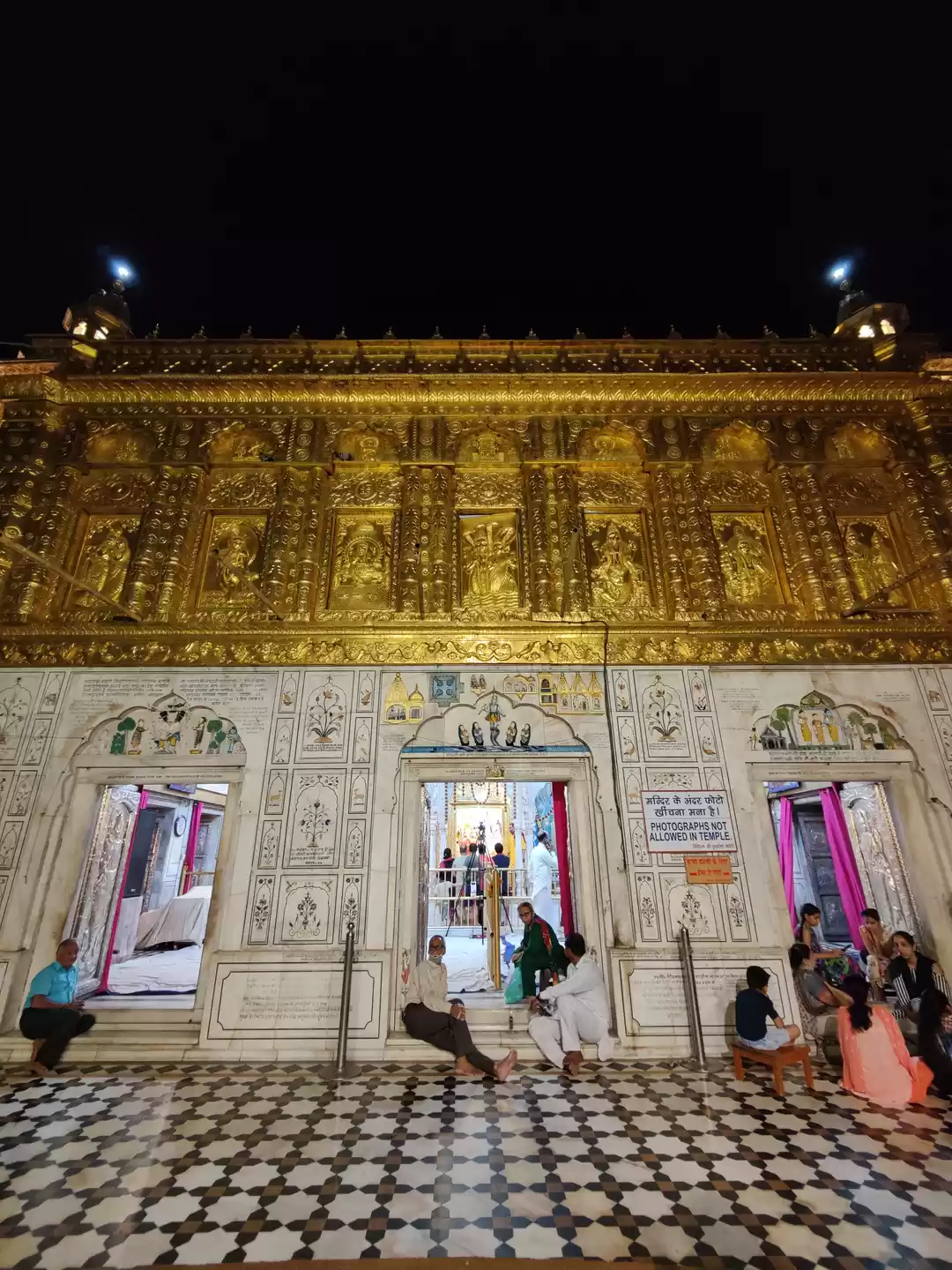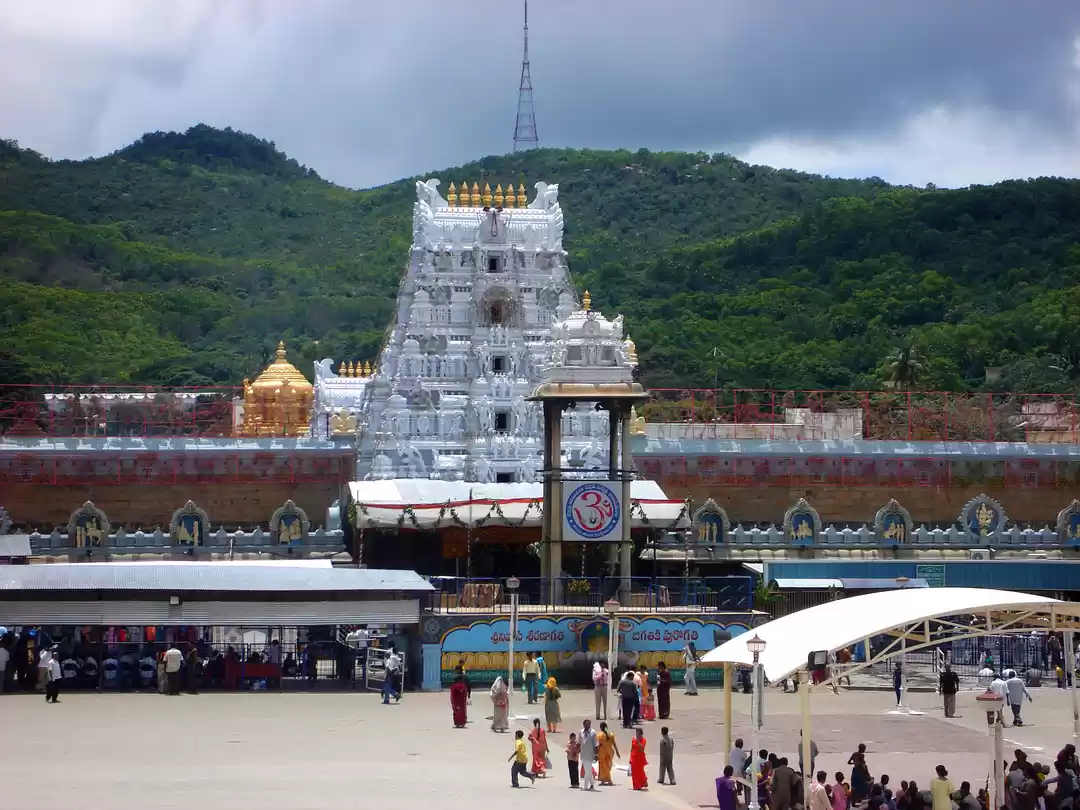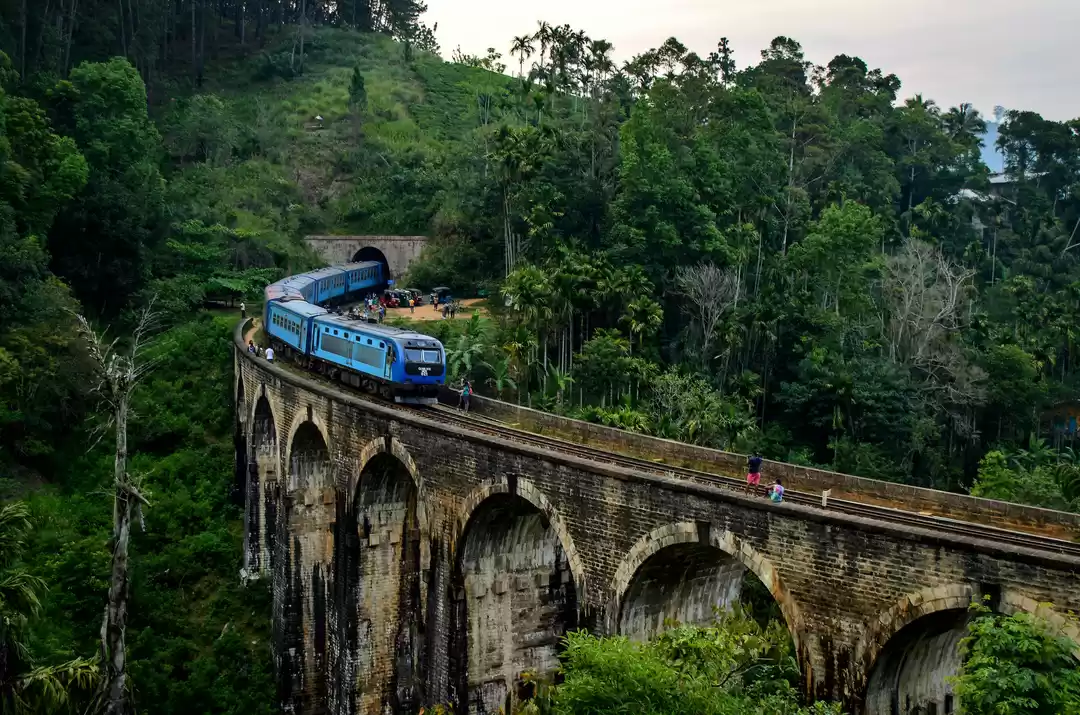Varadaraja Perumal Temple is one of the most sacred and ancient temples of Lord Vishnu in India. Located in different places such as Kanchipuram, Puducherry, and Mysore, this temple is revered by the devotees of Vaishnavism, one of the major branches of Hinduism. The temple is also known as Hastagiri, Attiyuran, or Mumurtivasam, meaning the abode of the three forms of Vishnu. The temple is famous for its exquisite architecture, rich history, and vibrant festivals. If you are looking for a spiritual and cultural experience in India, Varadaraja Perumal Temple is a must-visit destination.
In this article, we will tell you everything you need to know about this divine abode of Lord Vishnu, and how to plan your trip to this holy place.

History and Significance of Varadaraja Perumal Temple
Varadaraja Perumal Temple has a long and glorious history that dates back to the Vedic period, more than 3000 years ago. According to legend, the temple was originally built by Brahma, the creator god, who performed a yagna (sacrifice) to appease Vishnu. Vishnu was pleased with Brahma’s devotion and appeared before him in the form of Varadaraja, meaning the king of boons. Brahma then requested Vishnu to stay on the earth and bless the people. Vishnu agreed and manifested himself as a murti (idol) made of fig wood, which is considered to be very sacred and auspicious. This murti is known as Athi Varadar, and is the main deity of the temple.
The temple was later renovated and expanded by various dynasties and rulers, such as the Pallavas, the Cholas, the Vijayanagaras, and the Nayakas. The temple complex covers an area of 23 acres, and has 32 shrines, 19 vimanas (towers), and 389 pillars. The temple is also one of the 108 Divya Desams, the holy abodes of Vishnu that are praised by the Alwars, the 12 saint-poets of Vaishnavism. The temple is also one of the Pancha Narasimha Kshetrams, the five places where Vishnu appeared as Narasimha, the half-man half-lion avatar.
The temple is not only a place of worship, but also a place of learning and culture. The temple has a library that contains thousands of manuscripts and books on various subjects, such as religion, philosophy, astronomy, medicine, and art. The temple also has a museum that displays various artifacts and sculptures related to the temple and its history. The temple is also a center of music and dance, and hosts various festivals and events that showcase the rich heritage and traditions of Vaishnavism.
Architecture and Festivals of Varadaraja Perumal Temple
Varadaraja Perumal Temple is a marvel of architecture and art, and has many features that are unique and remarkable. Some of the highlights of the temple are:
The 100-pillared hall, which is a masterpiece of stone carving and sculpture. The hall has 100 pillars, each depicting a different scene from the Ramayana and the Mahabharata, the two epic poems of Hinduism. The hall also has a chain that is carved out of a single stone, and a lizard that is embedded with precious stones.
The golden vimana, which is the tower above the sanctum sanctorum of Varadaraja Perumal. The vimana is covered with gold plates and has intricate carvings and designs. The vimana also has a kalasam (pot) at the top, which is believed to contain the amrita (nectar) of immortality.
The Athi Varadar shrine, which is the most sacred and important shrine of the temple. The shrine houses the fig wood idol of Varadaraja Perumal, which is kept in a silver casket under water in the temple tank. The idol is taken out once in 40 years for a period of 48 days, and is displayed for public worship. The last time the idol was taken out was in 2019, and the next time will be in 2059. The idol is believed to grant the wishes of the devotees who pray to it with faith and devotion.
The Perundevi Thayar shrine, which is the shrine of the consort of Varadaraja Perumal, Perundevi Thayar. She is also known as Lakshmi, the goddess of wealth and prosperity. The shrine is located opposite to the Varadaraja Perumal shrine, and has a beautiful idol of Perundevi Thayar, adorned with jewels and flowers. The shrine also has a lotus pond in front of it, where the devotees can offer lotus flowers to the goddess.
The Narasimha shrine, which is the shrine of the Narasimha avatar of Vishnu. The shrine has a granite idol of Narasimha, which is one of the largest and oldest idols of Narasimha in India. The idol is in a yoga posture, with a serene and peaceful expression. The idol is also known as Yoga Narasimha, and is believed to bestow health and happiness to the devotees.
Varadaraja Perumal Temple is also a place of joy and celebration, and has many festivals and events that are held throughout the year. Some of the major festivals are:
The Brahmotsavam, which is the grand festival of the temple, celebrated in the Tamil month of Vaikasi (May-June). The festival lasts for 10 days, and involves various rituals and ceremonies, such as the Garuda Sevai, the Sesha Vahanam, the Yanai Vahanam, and the Thiruther (chariot procession). The festival attracts thousands of devotees and pilgrims from all over the world, who come to witness the glory and grace of Varadaraja Perumal.
The Pavithrotsavam, which is the festival of purification, celebrated in the Tamil month of Avani (August-September). The festival lasts for 9 days, and involves the pavithra (sacred thread) ceremony, where the idols of Varadaraja Perumal and Perundevi Thayar are adorned with pavithras made of cotton, silk, and gold. The festival is meant to cleanse the sins and impurities of the devotees and the temple.
The Adhyayana Utsavam, which is the festival of recitation, celebrated in the Tamil month of Margazhi (December-January). The festival lasts for 21 days, and involves the recitation of the 4000 Divya Prabandham, the collection of hymns composed by the Alwars in praise of Vishnu. The festival is a tribute to the devotion and contribution of the Alwars to Vaishnavism.
Tips and Guide for Visiting Varadaraja Perumal Temple
Varadaraja Perumal Temple is a place of worship and respect, and there are some things that you need to keep in mind while visiting this holy place. Here are some tips and guide for visiting Varadaraja Perumal Temple:
The best time to visit Varadaraja Perumal Temple is during the festival season, when you can witness the grandeur and splendor of the temple and its rituals. However, you can also visit the temple at any time of the year, as the temple is open throughout the year.
The temple timings are from 6:00 AM to 12:00 PM and from 3:30 PM to 8:30 PM. The temple is closed between 12:00 PM and 3:30 PM for maintenance and cleaning. The temple timings may vary during the festival days, so it is advisable to check the temple website or contact the temple authorities before visiting.
The temple entry fee is free for all visitors. However, you may have to pay a nominal fee for special darshan (viewing) or archana (offering) services, if you wish to avail them. You can also make donations or offerings to the temple, if you wish to support the temple and its activities.
- The dress code for visiting Varadaraja Perumal Temple is traditional and modest. You should avoid wearing shorts, jeans, skirts, sleeveless tops, or any other revealing or inappropriate clothing. You should also remove your shoes, socks, and belts before entering the temple premises. You can deposit your footwear and belongings at the cloakroom near the temple entrance, for a small fee.
- The photography and videography inside the temple is strictly prohibited. You should not take any pictures or videos of the idols, the shrines, or the rituals, as it is considered disrespectful and offensive.
- You should also respect the silence and sanctity of the temple, and avoid making any noise or disturbance. You should not talk loudly, play music, or use your mobile phone inside the temple. You should also follow the instructions and guidance of the temple staff and priests, and maintain the decorum and discipline of the temple.
- You can also enjoy the prasad (sacred food) that is offered to the devotees at the temple. The prasad is prepared with love and devotion, and is blessed by the deity. You can also buy some souvenirs and gifts from the temple shops, such as idols, paintings, books, or jewelry.
You can also explore the nearby attractions that are related to the temple and its history. Some of the places that you can visit are:
The Kanchi Kailasanathar Temple, which is the oldest and most magnificent temple of Lord Shiva in Kanchipuram. The temple is famous for its sandstone carvings, pyramidal tower, and subterranean passages.
The Kamakshi Amman Temple, which is the main temple of Goddess Parvati in Kanchipuram. The temple is one of the Shakti Peethas, the places where the body parts of Parvati fell after her self-immolation. The temple is also known for its golden chariot, silver mandapam, and musical pillars.
The Sri Aurobindo Ashram, which is a spiritual community and center of yoga in Puducherry. The ashram was founded by Sri Aurobindo, a revolutionary, philosopher, and yogi, and his spiritual collaborator, The Mother. The ashram is a place of peace and harmony, where you can meditate, learn, and serve.
The French Quarter, which is the historical and cultural area of Puducherry. The French Quarter is a blend of French and Indian architecture, culture, and cuisine. You can stroll along the Promenade Beach, visit the Basilica of the Sacred Heart of Jesus, and enjoy the cafes and bistros.
Conclusion
Varadaraja Perumal Temple is a divine abode of Lord Vishnu in India, where you can experience the beauty and bliss of Vaishnavism. The temple is a treasure trove of history, culture, and spirituality, and has many attractions and features that will awe and inspire you.
Whether you are a devotee, a traveler, or a seeker, Varadaraja Perumal Temple is a place that you should not miss. Plan your trip to this holy place, and get ready to be blessed by the king of boons.



